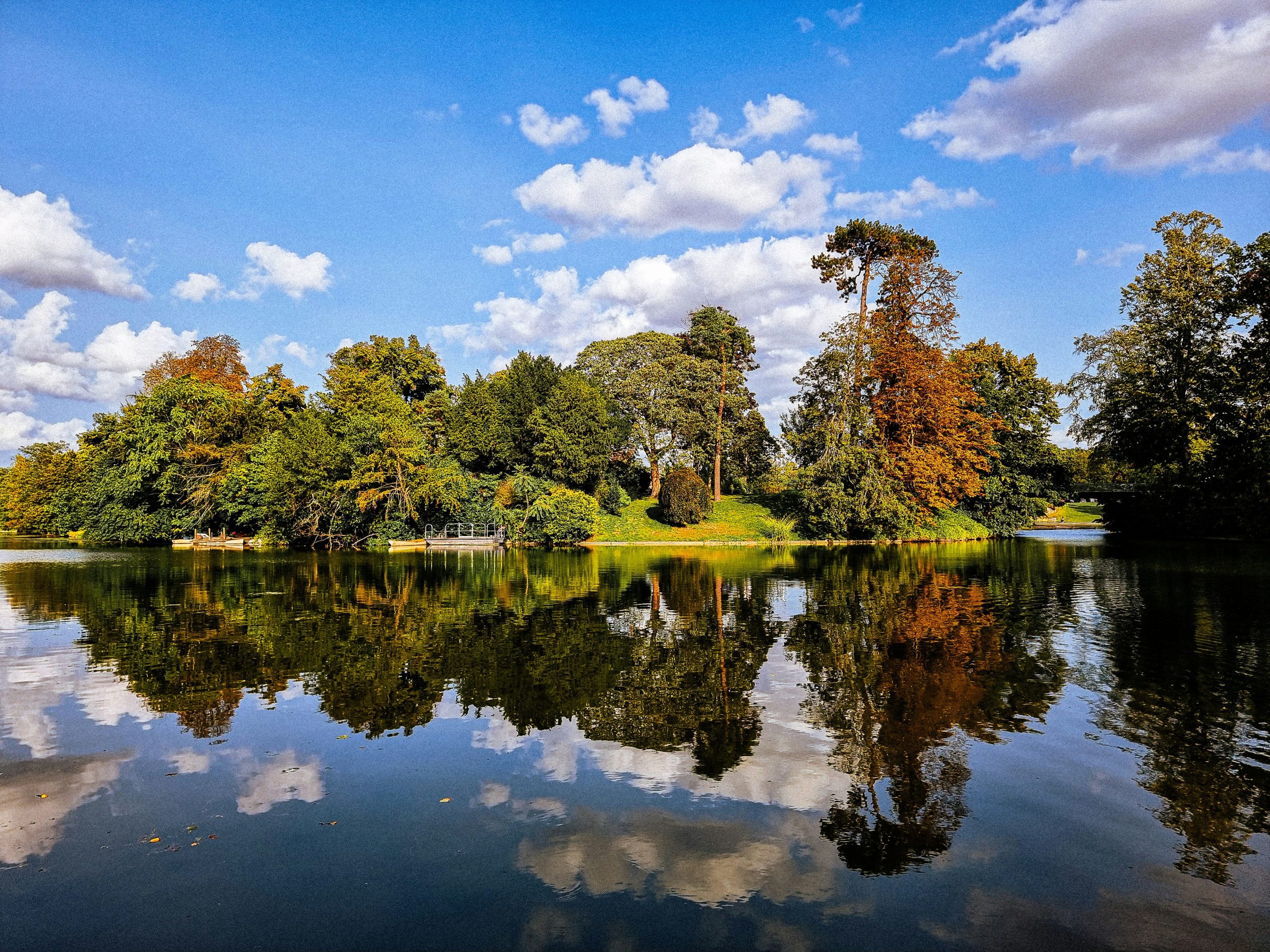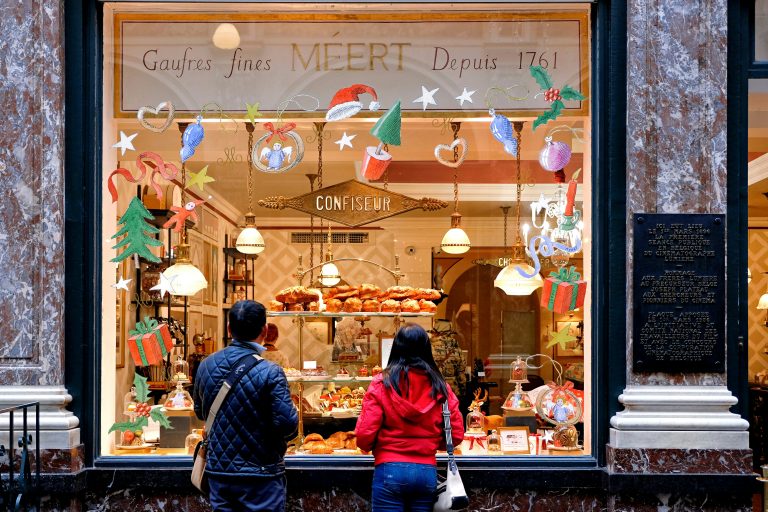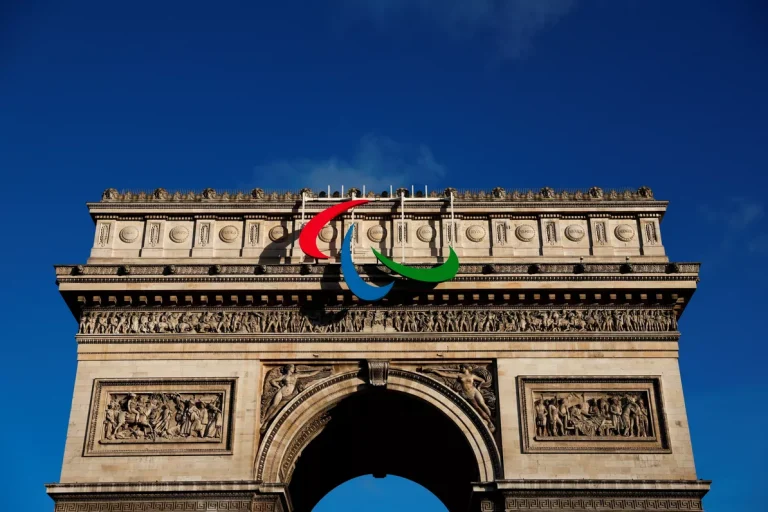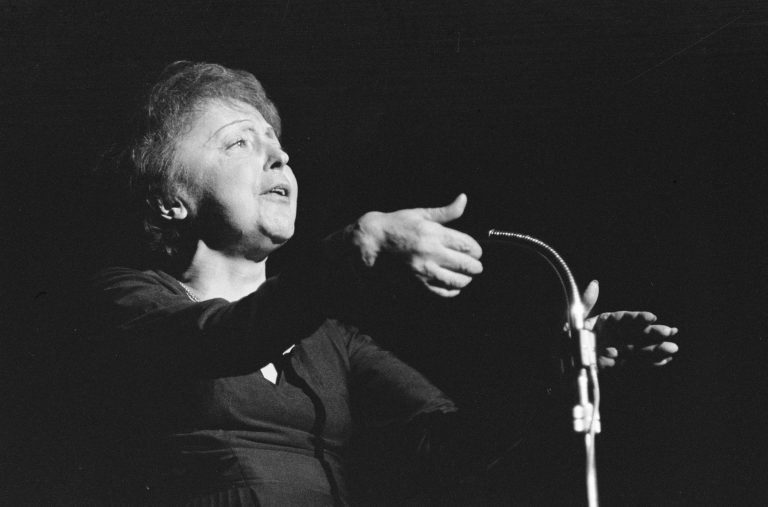In June we revealed the secrets and stories of the celebrated town of Boulogne-Billancourt. This month, we place the town under the spotlight once again as we recount how it prospered during the Roaring Twenties. Are you ready to set off on a journey that really packs a punch?!
Starting point: Station n°16037 Molitor – Michel-Ange
Finishing point: Station n°21005 Hôtel de Ville
Journey time: 2 hours
The Molitor swimming pool – dive into the arts

Go down rue Molitor and take time to admire the hotel of the same name on your right. Behind its walls is hidden an icon of the Jazz Age. The Molitor swimming pool symbolizes both energy and leisure, key values of the interwar period – an attempt to draw a veil over the atrocities of the early twentieth century. Opened in 1929, the Molitor swimming pool was an integral part of a major sporting complex that included the Roland-Garros and Parc des Princes stadia. Rich Parisians from the west of the city came here much as they would have visited a seaside resort – to bathe, play golf, skate, sunbathe and gossip. From 1931 on, the so-called ‘gala des artistes’ took place here every year, bringing major figures from the arts world and a touch of culture to the venue.
However, various technical issues, such as the water filtration system and the damage done to the concrete structure by chlorine from 1929 onwards, led to the swimming pool closing down in 1989. Between then and its re-opening in 2014, Molitor became somewhere for street-art to blossom, with many photographers capturing for all time the usually transient creations of artists like Reso, Shaka, Katre and Nosbé to name just a few.
Vélib’ stations: n° 16036 Porte Molitor ; 16040 Exelmans Michel Ange
Le Corbusier’s apartment and studio at 23 rue de la Tourelle

Immediately take a left turn and go down rue de la Tourelle – welcome to the Prince’s district (Quartier des Princes)! This name dates from the time of the court of Louis XV. Nobles and wealthy citizens would pass by this way on their way to the wood for a spot of hunting. The area’s houses and mansions were later occupied by Russian aristocrats following the 1917 revolution.
Pause a moment in front of the Immeuble Molitor apartment building – a striking sight with its two all-glass façades. Le Corbusier designed this building to be a cheerleader for his “ville radieuse” urban design doctrine. Its inhabitants enjoyed lots of natural light in an unfussy architectural environment made from mass-produced, standardized materials that were in keeping with the golden age of the automobile and the airplane. In fact, both these fields were of significant importance to Boulogne-Billancourt. The eight-storey building boasts fifteen apartments, with Le Corbusier himself residing here until the end of his life. He took up residence on the seventh and eighth floors, where he had designed himself a bijou 240m² apartment-studio where he would host the great architects of the age. He also painted on the roof-top terrace at night-time. He welcomed artists to his home as well and sometimes exhibited their work, as was the case with art dealer Louis Carré, who promoted Primitive art in particular.
Vélib’ station: n° 16044 Porte de Saint Cloud – Parc des Princes
A modern artists’ colony at 21 and 25 rue du Belvédère

Admire the tall apartment blocks on the rue de la Tourelle, typical of the cutting-edge developments of the 1930s. The pine cones at n°24 rue de la Tourelle add a natural touch! Turn right onto rue du Belvédère. This haven of peace and quiet is notable for its industrial vibe, angular, understated lines and ‘village-like’ feel. At n°9, there’s an apartment and studio which was occupied by sculptor Froriep de Salis and designed by André Lurçat. This architect was best-known for the post-war reconstruction and urban planning of the town of Maubeuge. Boulogne, with its workers living beside the river Seine and the Princes bourgeois district, was in all likelihood a fertile breeding ground for developing the architect’s vision, simultaneously modern and inspired by communism. The resultant house is simple, unfussy and utilitarian.
Don’t forget to take a good look at its neighbours on the other side of the street, from n° 6 to n° 12. These were built around ten years later in 1935. The product of Jean Hillard’s imagination, these five townhouses whisk us off to the suburbs of England.
Dora Gordine, a Russian-Estonian sculptor nicknamed ‘Gordina’ was to move into this simultaneously modern and rustic setting, more specifically, n°21, in 1929. She commissioned brothers Auguste and Gustave Perret to build her this residence and studio out of reinforced concrete. The studio ran the length of the building on the first floor. Here she made some of the bronzes for which she was famous, before moving to Singapore and then London.
Her neighbour at n°25 was equally famous – Marguerite Huré, a French painter and stained glass artist, known for introducing abstract themes and aesthetics into religious art. In Les Dimanches de la femme magazine she explained why she had chosen to become a stained glass artist: “I studied sculpture for three years at the Fine Arts academy, but I gravitated towards stained glass because it’s the form of art that is most all-encompassing – it’s scientific and spiritual, technical skills and poetry in action. In cathedrals, stained glass is as important as sculptures, isn’t it?” A famous woman in a very male-dominated field, she wore overalls and smoked a pipe, creating an even more larger-than-life reputation for herself and building a legend that would last!
Vélib’ station: n° 21008 Victor Hugo – Galliéni
The Joseph Bernard studio at 24 avenue Robert Schuman

Go down rue du Pavillon on your left, then take the first on the right as far as 24 avenue Robert Schuman. Hidden behind a screen of green, you’ll only be able to catch a glimpse of Joseph Bernard’s house. In 1921, the sculptor and artist asked Charles Plumet, the chief architect of the 1925 International Exhibition of Modern Decorative and Industrial Arts to add a studio to this 19th century residence. Like Le Corbusier, the sculptor was attracted to the dynamism of Boulogne-Billancourt and lived here until the end of his life in 1931. The town repaid his loyalty well – his time here is considered to be his most creative. Viewed as one of the leading lights of the direct carving movement, he was placed on a par with Maillol.
Not far from here, at 14 rue Max Blondat, another sculptor once lived, Paul Landowski, best-known for his statue of Christ the Redeemer in Rio de Janeiro.
The Bibliothèque Paul Marmottan library, dedicated to the First Empire, 7 place Denfert-Rochereau

Take rue Salomon Reinach on your left and you’ll come to place Denfert-Rochereau! Admire the Paul Marmottan library, part of which has had listed building status since 1984. Initially destined for a non-creative career (the civil service, business or politics), Paul Marmottan chose to become an art collector and historian specializing in France’s First Empire period. This library is open to anyone wanting to find out more about the Napoleonic period by means of books, paintings, engravings and furniture galore. There’s also an Italian-style neoclassical garden to enjoy.
Vélib’ station: n° 21002 Denfert – Rochereau
Parties, spiritualism and a Hymn to love at 5 rue Gambetta
Go up rue Denfert-Rochereau, take the left fork onto rue Claude Monet and then the first on the right onto rue Gambetta. Stop in front of number 5 and allow yourself to be amazed by this mansion, built between 1928 and 1931. The polar opposite of Le Corbusier’s designs, its neoclassical façade with its pilasters and pediments is emblematic of the opulent style of architect Emilio Terry. The brief was a simple one, drawn up by the client and friend of the architect, Gilbert des Crances: to create palatially-proportioned rooms for hosting large gatherings. By the end of the 1940s, this party-going lifestyle had financially ruined the socialite, who was forced to part ways with the house. It caught the attention of Edith Piaf. However, according to Simone Berteaut, the little sparrow’s bosom friend, Piaf only liked the mansion for the size of its living room, which was big enough for a boxing ring to be installed! This would have allowed her great love, Marcel Cerdan, to train, enabling them to spend more time together, both of them having incredibly demanding careers and busy schedules. The purchase of the mansion for 19 million francs symbolized Piaf’s success and entry into the upper echelons of French society – from a busker to owner of this architectural gem.
However, Marcel Cerdan died in a plane crash in 1949. Edith Piaf brought his widow and children to the house. The two women were united in grief and participated in spiritualist seances. The grief-stricken Piaf ended up leaving the house in 1951, but not before she wrote ‘L’Hymne à l’Amour’ here (Hymn to Love), possibly with one of her lovers from her Boulogne days, champion cyclist Toto Gérardin, in mind!
Vélib’ stations: n° 21003 Jean Jaurès – Jean Baptiste Clément ; 21030 : Fessart – Château ; 21004 : Jean Jaurès – Reine ; 21006 : Marcelin Berthelot
Square Léon Blum – Art Deco in party mode

Go up rue Gambetta as far as the roundabout. Take the first exit, rue Denfert Rochereau and then the next right (rue de la Rochefoucauld). On your left you’ll see rue Bartholdi which then intersects rue Escudier. Follow rue Escudier until you reach rue d’Aguesseau and turn left down this street. Continue until you reach the passage de Chateaudun on your right. Go down this street and you will soon come to the entrance to the Square Léon Blum.
Look for Eugène Molineau’s fountain: it depicts a faun trying to seduce a young woman by playing on his Panpipe. A short distance away is the Fontaine du Rire (the Fountain of laughter) by Paul Moreau-Vauthier, which shows a certain cheeky chappie, a comic singer and one of the most popular music hall stars of the time by the name of Dranem, laughing at passers-by. Known for his off-the-wall and sometimes risqué comic songs, Boris Vian himself said: “How could Dranem have had the cheek to reel off his absurd patter in front of such a merry crowd? Such a degree of deliberate stupidity borders on genius.” The comic singer died in 1935 and his last wishes were entirely in the spirit of that defiantly upbeat time: « I always made my friends laugh when I was alive, I don’t want to make them cry at my funeral”.
Humour makes way for the arts behind this park, in a red-brick building at 12 rue de l’ancienne mairie. Here, art dealer Daniel-Henry Kahnweiler organized his famous « Dimanches de Boulogne”. These sophisticated social and cultural gatherings took place from 1922 to 1927 and were attended by Fernand Léger, Georges Braque, Max Jacob, Tristan Tzara, Erik Satie and Man Ray amongst others.
Vélib’ stations: n° 21023 Ancienne mairie – André Morizet ; 21010 Silly Galliéni
Between 27 and 26 avenue André-Morizet – the administrative nerve centre of a model town that’s brimming with life and energy
Go down rue Billancourt and turn onto avenue André Morizet for this, the last leg of our journey! You should find yourself in front of the Hôtel de Ville (the townhall) and the Hôtel des Postes (general post office), two large-scale examples of Boulogne’s avant-garde spirit. The goal of these two buildings was to facilitate life for the town’s inhabitants whilst also creating a distinctive urban identity.
The Hôtel des Postes is typical of the modern style of the 1930s, but it’s the Hôtel de Ville that really captures our attention. Senator and mayor André Morizet, who was behind the building of the new townhall, drew inspiration from the townhall of Shaerbeed near Brussels as well as the designs of architect Tony Garnier. In fact, the latter left the project he was working on (Lyon townhall) to come and work in Boulogne- Billancourt!
What gives the Hôtel de Ville its impact is how it managed to combine a very practical side, focused on administration and public services, with hosting large public events, all whilst boasting a very defined Art Deco style. Since 15th January 1975, the building’s façades and roofs have been given heritage protection. We’ll let you discover the interiors of this ‘’municipal one-stop shop’’, which was André Morizet’s vision for it, right from the start…
Vélib’ station n°21005 Hôtel de Ville will keep your pedalled steed safe as you round off this jaunt with a dip in the Molitor swimming pool or a tour of the 1930s museum in the Espace Landowski, 28 Avenue André Morizet. Alternatively, take the opportunity to set off once more, this time in the footsteps of Edith Piaf thanks to one of our other itineraries!
Vélib’ stations: n° 21005 Hôtel de Ville de Boulogne-Billancourt ; 21017 Place Marcel Sembat





